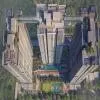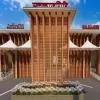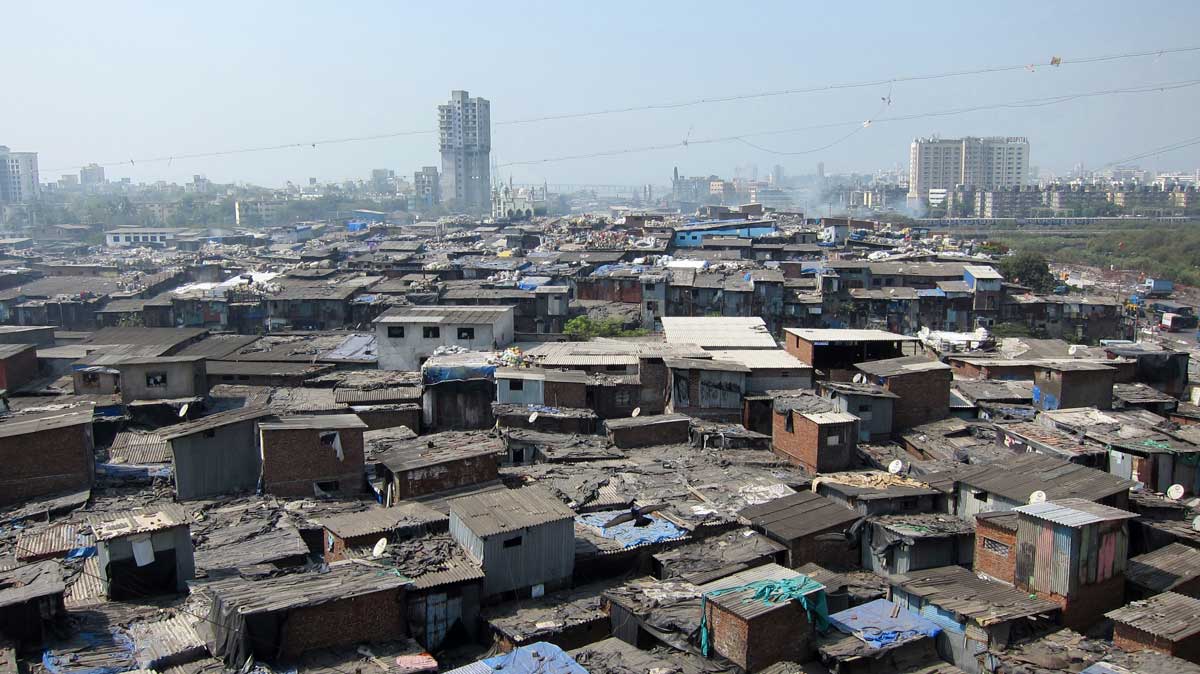
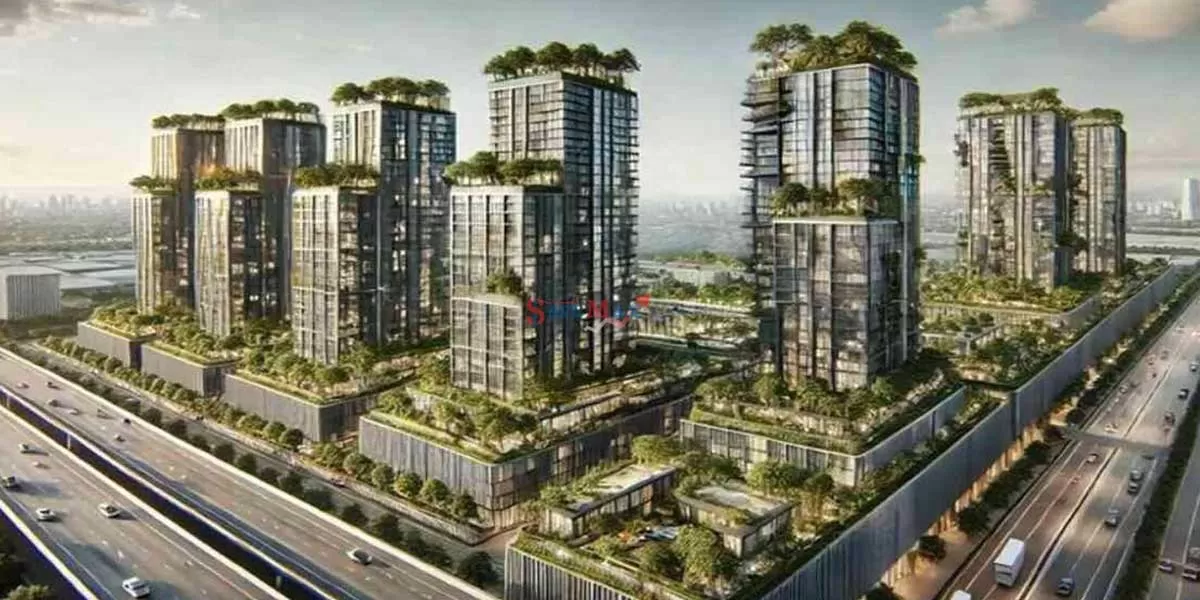
BPTP’s Amstoria Verti-Greens Bags $180 Million on Launch Day
Real estate major BPTP’s luxury project, Amstoria Verti-Greens, has recorded inventory bookings worth $180 million on the very first day of its launch, signaling a growing demand for upscale housing in Gurugram. “BPTP had released an inventory of 2 and 3 BHK homes from three of the total five towers of Phase-I, with more than 500 apartment bookings across these three towers,” the company said in a statement. The starting price for these bespoke residences is $380,000. The 12.05-acre project along the Dwarka Expressway will be developed in three phases, with a total investment of appro..
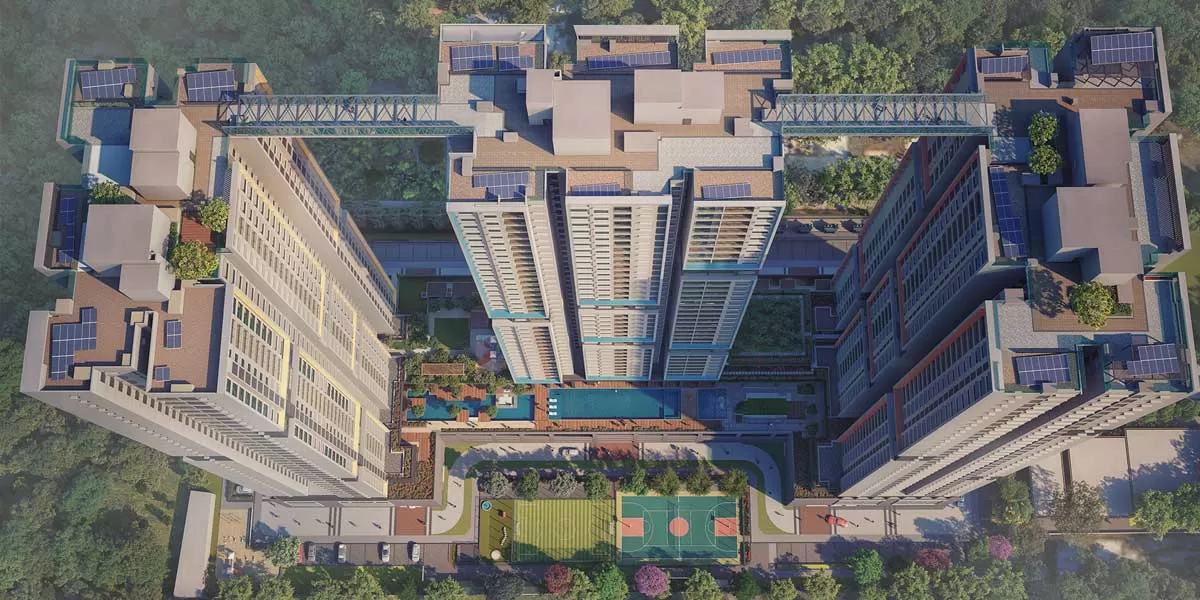
Brigade Group Unveils Brigade Altius in Chennai
Brigade Group has announced the launch of Brigade Altius, an upscale residential project in Chennai with a revenue potential of approximately $205 million. Strategically situated in Sholinganallur, at the heart of Chennai’s bustling IT corridor, Brigade Altius boasts seamless connectivity to major business districts. The premium project spans 6.5 acres with a total development area of 1.4 million square feet. It features three signature towers of 43 floors each, making it one of the tallest and most prestigious developments in the region. “Brigade Altius is poised to redefine luxury livi..
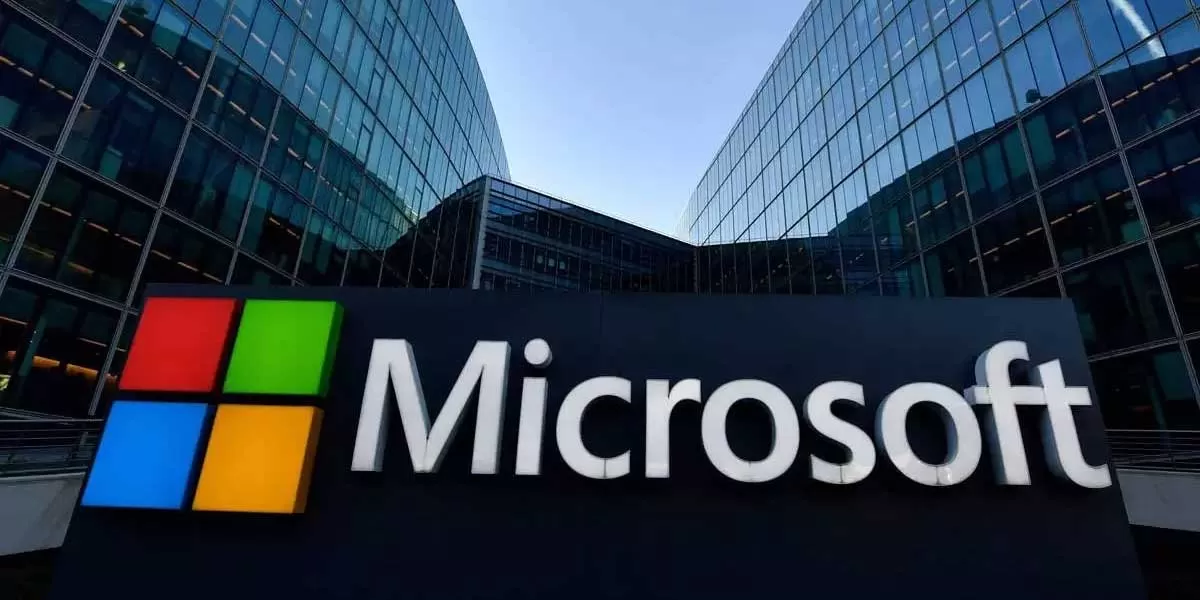
Yogi Adityanath to Launch Microsoft Campus in Noida
Uttar Pradesh Chief Minister Yogi Adityanath is set to visit Noida to launch several major projects, including the foundation stone laying of a new Microsoft campus in Sector 145, officials confirmed. Noida Authority CEO Lokesh M and other officials inspected the scheduled route and event venue to finalize preparations. The Microsoft campus will be constructed on a five-acre plot in Noida's Sector 145. Additionally, Adityanath will inaugurate IT firm MAQ’s building and Sify’s campus, both located on five-acre plots in Sector 132. Public infrastructure projects, including two underpasses a..





